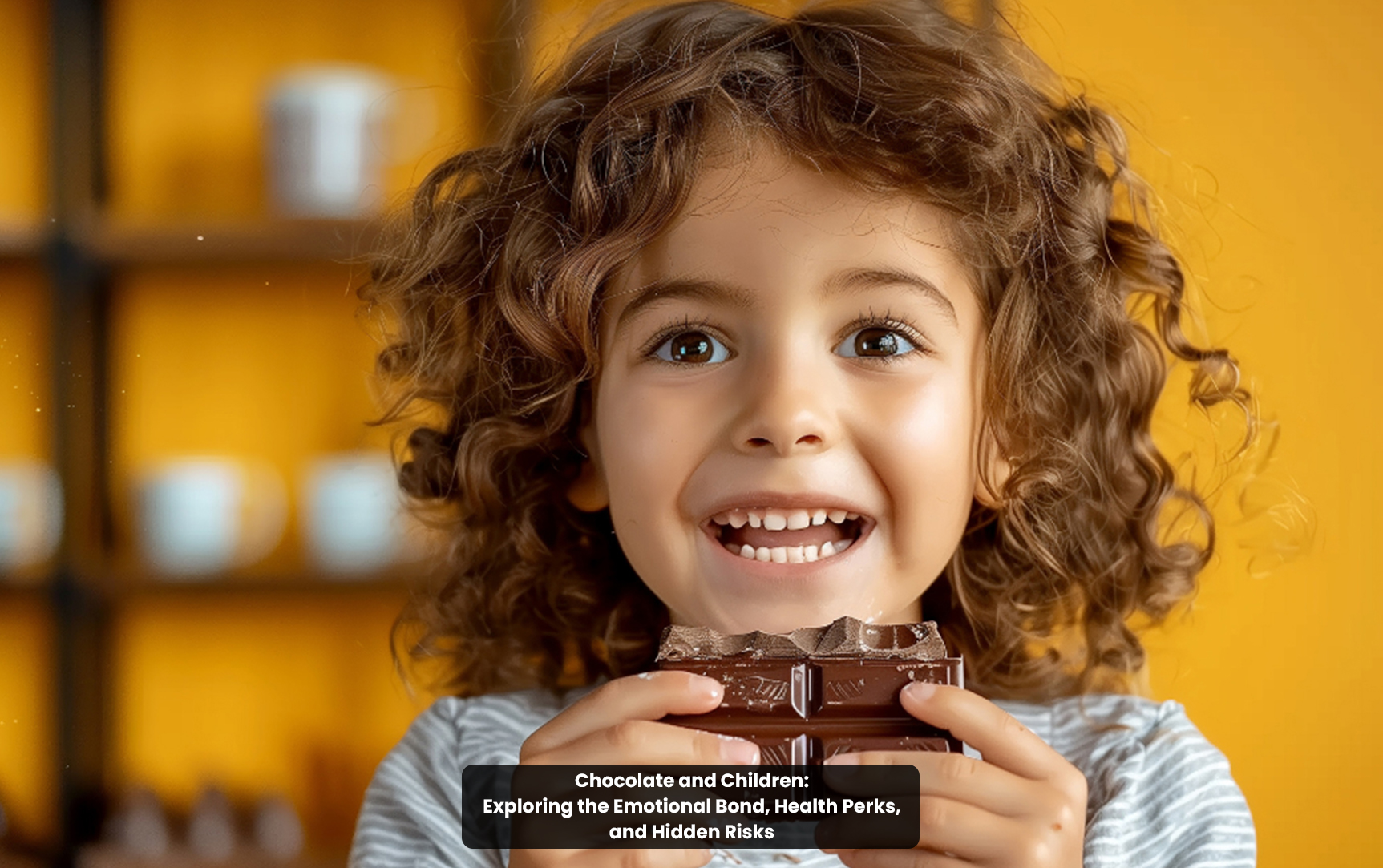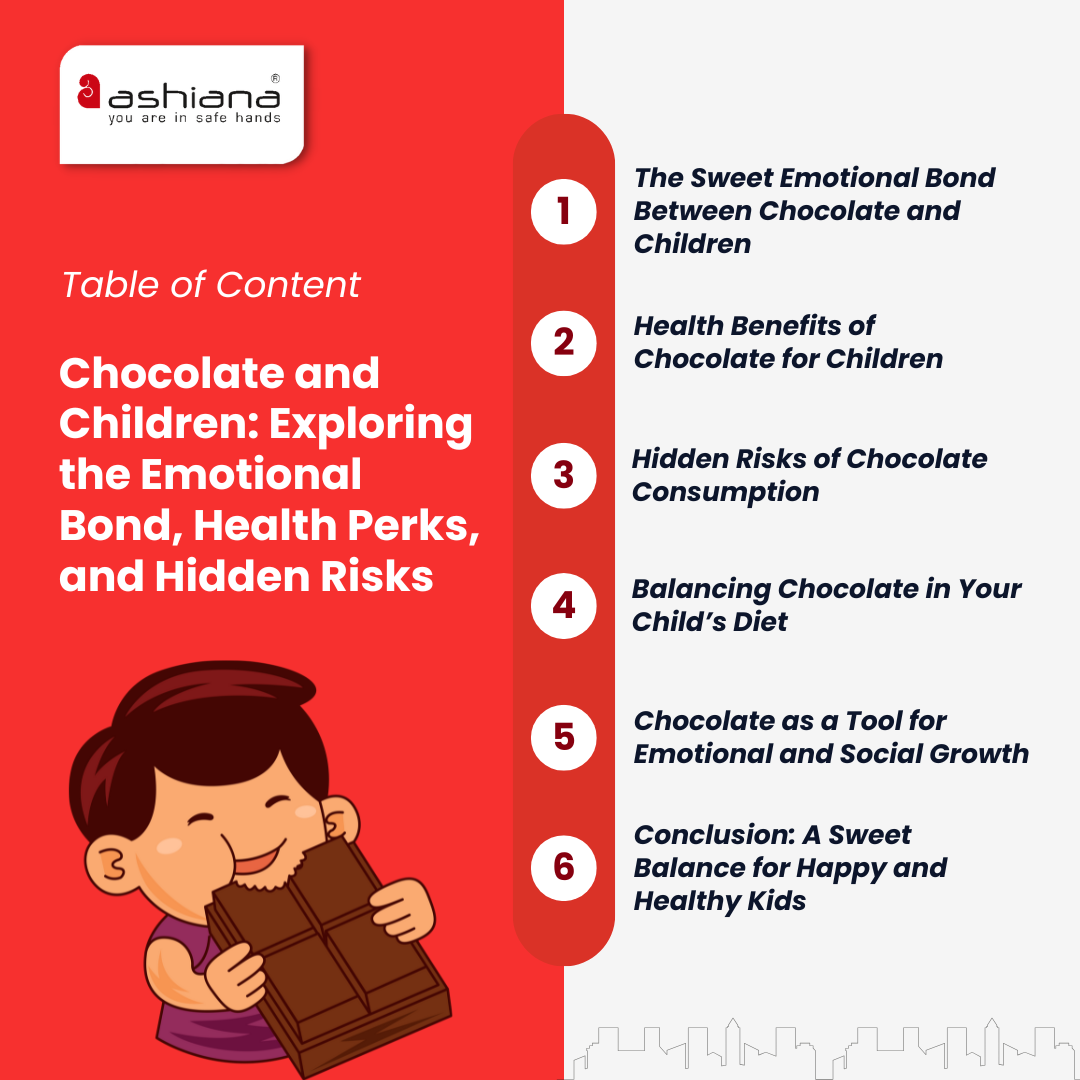
 Let’s delve into how chocolate impacts children’s emotional connection, health benefits, and potential risks while exploring ways to ensure it’s enjoyed responsibly.
Let’s delve into how chocolate impacts children’s emotional connection, health benefits, and potential risks while exploring ways to ensure it’s enjoyed responsibly.
Chocolate, particularly dark chocolate with minimal sugar content when consumed in moderation, can have health benefits for children. According to nutritionists and doctors, it is a source of antioxidants, may support brain function, and can help improve mood.
A small portion, such as a piece of dark chocolate or a few squares, is generally safe. It’s important to limit consumption to prevent excess sugar intake and related health issues.
Excessive chocolate consumption can lead to weight gain, cavities, caffeine-related sleep disturbances, and unhealthy eating habits. It’s crucial to balance it with a nutritious diet.
Ashiana, Ashiana Housing build homes. Homes surrounded by vast green spaces and fresh breeze. Homes cocooned in secured gated complexes. Homes where futures are forged and there are opportunities to grow. And Homes in environments brimming with healthy activity, trust and respect. At heart, we build communities with care.
Other posts by Ashiana
Join 1000+ of fellow readers. Get expert real estate knowledge straight to your inbox absolutely free. Just enter your email address below.